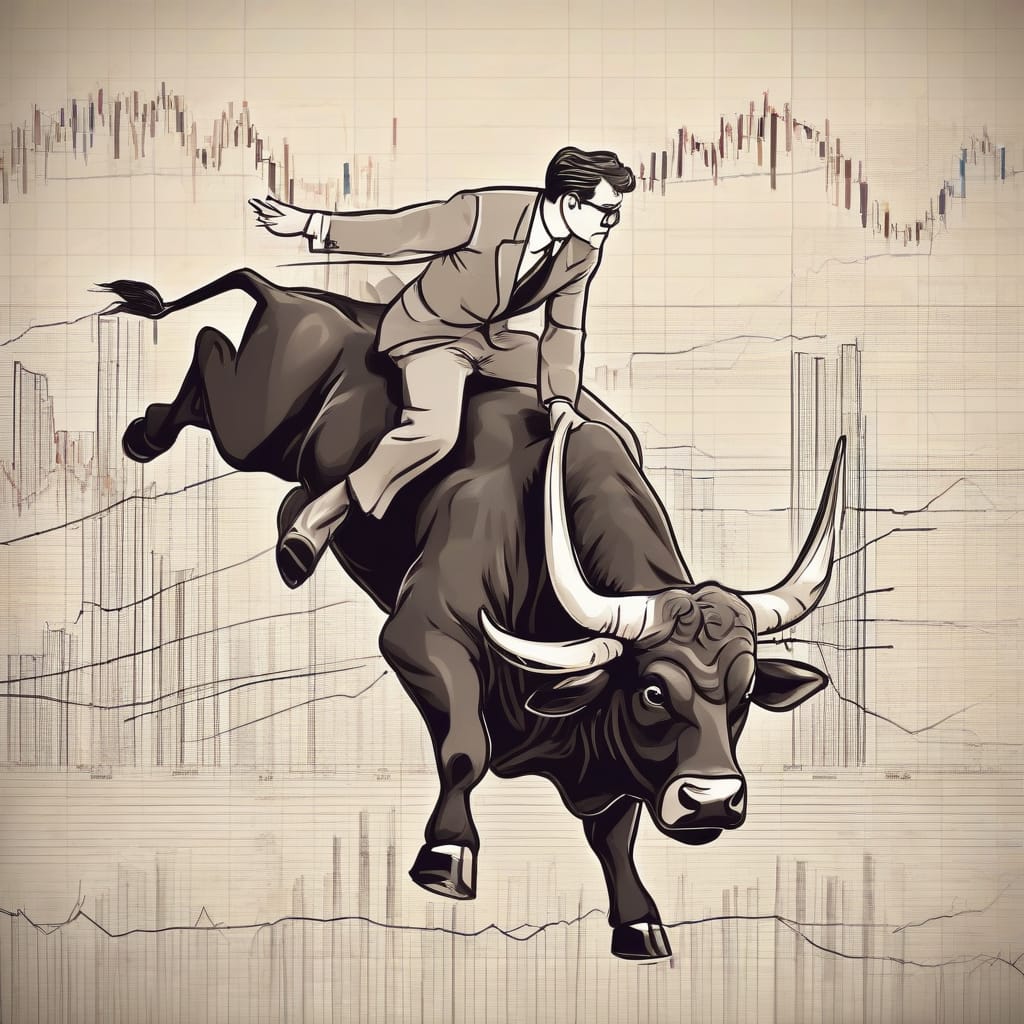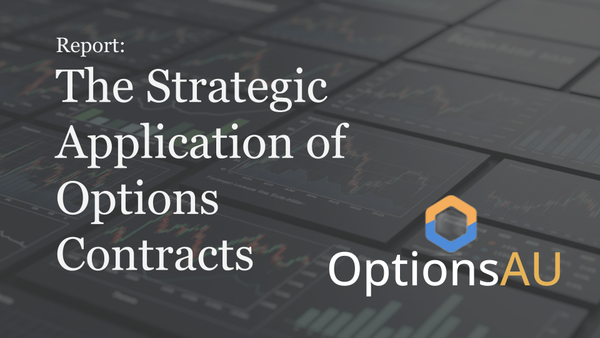Implied Volatility: The Stock Market's "Fear Gauge" and Its Impact on Options
Implied Volatility (IV) is a critical concept in the world of options trading, often acting as the stock market's "fear gauge."1 It reflects the market's expectation of how much an asset's price is likely to swing in the future

Implied Volatility (IV) is a critical concept in the world of options trading, often acting as the stock market's "fear gauge."1 It reflects the market's expectation of how much an asset's price is likely to swing in the future.2 Understanding the dynamic relationship between IV, the overall stock market, and the pricing of put and call options can provide traders with valuable insights and a strategic edge.3
The Inverse Dance: Stock Market Direction and Implied Volatility
Generally, there's an inverse relationship between the direction of the broader stock market and market-wide implied volatility. This is most famously illustrated by the CBOE Volatility Index (VIX), which tracks the implied volatility of S&P 500 options.4
- Market Down, IV Up: When the stock market experiences a downturn or a period of increased uncertainty, IV tends to rise.5 This surge is driven by several factors:
- Fear and Uncertainty: Falling prices breed investor anxiety about further losses, leading to greater perceived risk.6
- Demand for Protection: Investors rush to buy protective options (primarily put options) to hedge their portfolios against further declines. This increased demand pushes up option prices, and consequently, their implied volatility.7
- Panic Selling: Sharp market drops can trigger panic, leading to more erratic price movements and thus higher expectations of future volatility.8
- Market Up, IV Down (or Low): Conversely, when the stock market is in a sustained uptrend or a period of stability, IV often falls or remains low.9
- Complacency and Confidence: A rising market tends to foster investor confidence and a sense of security, reducing the perceived need for downside protection.10
- Reduced Demand for Hedges: With less fear of a significant downturn, the demand for put options decreases, leading to lower option premiums and IV.
It's important to note that IV measures the expected magnitude of price swings, not the direction.11 However, historically, large, rapid down moves (driven by fear) tend to have a more pronounced impact on IV than steady upward climbs.
How Market IV Influences Put and Call Options
The prevailing level of market implied volatility directly and significantly impacts the pricing and attractiveness of both put and call options:12
Put Options:
- Rising IV (Often in a Falling Market):
- Increased Premiums: As IV climbs, put option premiums become significantly more expensive.13 This is because puts offer the right to sell an asset at a specific price, making them highly sought after as a hedge against falling prices or as a speculative bet on further declines.14 The higher the expected volatility, the greater the chance the put will become profitable.
- Increased Attractiveness (for Buyers): Despite the higher cost, the demand for puts often rises in such an environment as investors seek to protect their assets.
- Increased Risk (for Sellers): Sellers of puts face higher potential losses and therefore demand a greater premium to compensate for the increased likelihood of the puts being exercised.15
- Falling/Low IV (Often in a Rising or Stable Market):
- Decreased Premiums: When IV is low, put options become cheaper as the perceived risk of a sharp market decline diminishes.16
- Reduced Attractiveness (for Buyers, for Hedging): In a confident market, the urgency to buy puts for protection wanes.
Call Options:
- Rising IV (Often in a Volatile or Falling Market):
- Increased Premiums: Like puts, call options also become more expensive when IV rises.17 A higher IV suggests a greater probability of any large price movement, including a sharp upward reversal, which would benefit call holders.18
- Context is Key: The attractiveness of calls in a high IV environment depends heavily on why IV is high.
- If IV is elevated due to general market fear and falling prices, individual stock call options might see their premiums rise, but they may not be attractive unless there's a strong, stock-specific bullish catalyst that traders believe can overcome broader market pessimism.
- If IV is high due to an anticipated positive event for a specific stock (e.g., earnings, product launch), then even with higher premiums, calls might be in demand.
- Falling/Low IV (Often in a Rising or Stable Market):
- Decreased Premiums: In a calm or steadily rising market where IV is low, call options become relatively cheaper.19
- Potential Increased Attractiveness (for Buyers): If a trader maintains a bullish outlook on a stock or the market, lower IV makes purchasing call options more cost-effective, potentially offering a higher reward-to-risk ratio if the anticipated upward move materializes.20
Leveraging the IV-Market Relationship
Understanding this interplay allows traders to:
- Gauge Market Sentiment: High IV (especially a high VIX) often signals fear or uncertainty, while low IV can indicate complacency or confidence.21
- Identify Potentially Overpriced or Underpriced Options: When IV is historically high, options are generally more expensive.22 This might favor strategies that involve selling options (like credit spreads or covered calls) to collect inflated premiums. Conversely, when IV is historically low, options are cheaper, potentially making option buying strategies more attractive.23
- Refine Strategy Selection:
- High IV environments can be conducive to premium-selling strategies.24
- Low IV environments might be better for premium-buying strategies, assuming an expectation of future volatility expansion.25
- Manage Risk: Recognizing that IV spikes during market turmoil can help traders prepare by hedging or adjusting position sizes.
Conclusion: IV as a Market Barometer
Implied volatility serves as a crucial barometer for the stock market's mood.26 Its typically inverse relationship with market direction means that periods of market decline often see a surge in IV, making options, particularly puts, more expensive as investors scramble for protection or speculate on further drops. Conversely, rising or stable markets tend to dampen IV, affecting the pricing dynamics of both puts and calls. For options traders, grasping how IV reflects and influences market behavior and option premiums is fundamental to making informed strategic decisions and effectively managing risk.




